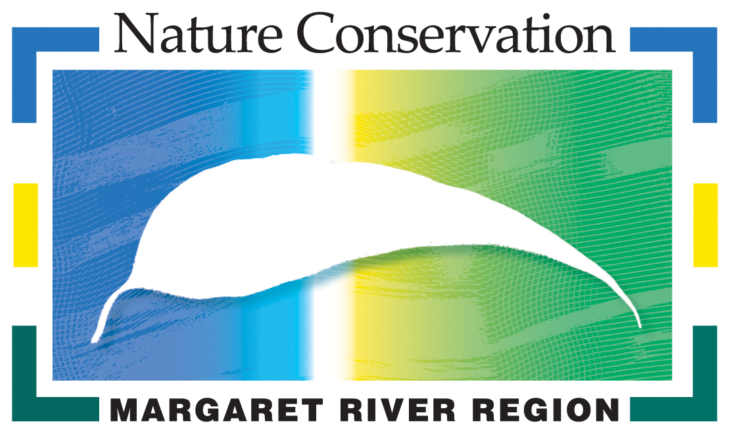The region’s peak conservation group is launching an Australia-first marine program turning local students into citizen scientists, empowering them to solve problems affecting our ocean and coastline.
Called the EMA project – which stands for Educational Marine Areas – it involves local school students working hand-in-hand with marine researchers and cultural custodians to become stewards for a stretch of coastline nearby. They don masks and wetsuits to survey the marine ecosystem and identify threats such as algae blooms, plastic pollution or species loss. They also meet with stakeholders before devising and voting on solutions, putting them into practice, and sharing the learning with the community – inspiring more action.
First started in the Marquesas Islands a decade ago, the EMA project has become hugely successful, with school children acting as custodians of more than 1000 Educational Marine Areas across France and its island territories around the world. EMA is credited with saving an octopus species and stopping plastic waste from choking a bay. It was also singled out for praise at a 2022 summit for the oceans hosted by the United Nations.
Now, EMA Australia have selected Margaret River’s popular Gnarabup Beach as the first international location and the first spot in Australia to expand the program, in collaboration with Nature Conservation. A pilot program will begin next month with four Year 5 classes from Margaret River Primary School thanks to seed funding donated by Cape Mentelle wines.
But Nature Conservation general manager Drew McKenzie said the group hoped to attract major donor funding to roll out the program to Year 5 classes across the entire Margaret River region this year and beyond.
“The ocean is so central to what we all love about this special part of the world, and the EMA project is a really powerful way to engage young people to become stewards of the ocean and the coast,” Mr McKenzie said.
“We already have years of experience and strong relationships with local schools through our land-based education programs Our Patch and Adopt a Spot, and the EMA project extends that to the ocean environment. We’re asking corporate or philanthropic donors to get in touch at drew.mckenzie@natureconservation.org.au to help make this project a reality.”
Also involved in the collaborative project will be experts from the University of WA, Birdlife WA, Great Southern Reef Foundation, Margaret River Coastal Residents Association, and the Department of Biodiversity, Conservation and Attractions.
Nature Conservation’s EMA project coordinator Tracey Muir said our region was the ideal choice for Australia’s first EMA site thanks to our community’s “special affinity with the ocean”. “Our children grow up swimming, surfing, diving and fishing in a marine environment that is world renowned, but it’s also facing many threats,” she said. “I’m so excited we can provide the opportunity for them to learn from scientists, cultural custodians and local experts about the unique values of the coast. And to empower them to lead and inspire our community to take action.”
EMA Australia founders and marine research scientists Dr Pierre Bouvais and Dr Kim Lema said it was vital that young people feel inspired and empowered to bring solutions to the issues facing our oceans.
